ETH News
All stories that have been tagged with Geology
Storing CO2 underground in Switzerland
News
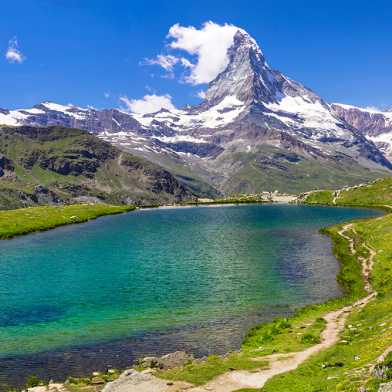
For Switzerland to achieve its net zero climate target, not only must it reduce its CO2 emissions, it must also find a way to store the greenhouse gas permanently. Researchers at ETH Zurich have investigated whether, and under what conditions, CO2 could be stored underground in Switzerland.
Sunken worlds under the Pacific?
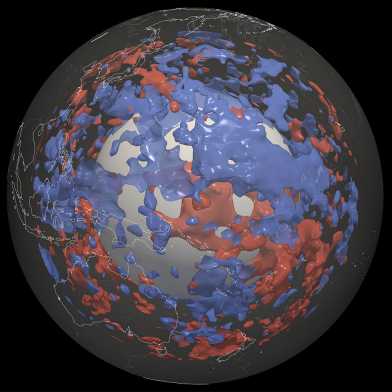
Geophysicists at ETH Zurich are using models of the lower mantle to identify areas where earthquake waves behave differently than previously assumed. This indicates the presence of zones of rocks that are colder, or have a different composition, than the surrounding rocks. This finding challenges our current understanding of the Earth's plate tectonics – and presents the researchers with a major mystery.
Why olivine and diamonds are best friends
News
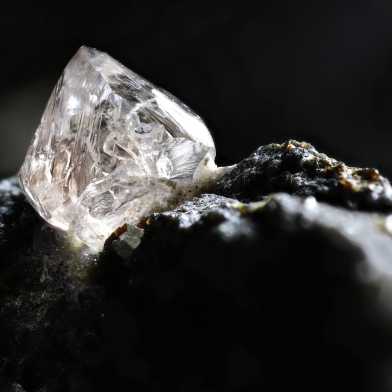
Hardly any gemstone is more difficult to find than diamonds. Geologists from ETH Zurich and the University of Melbourne have now established a link between their occurrence and the mineral olivine. This could make the search for diamonds easier in the future.
The rocky road to the beginning
News
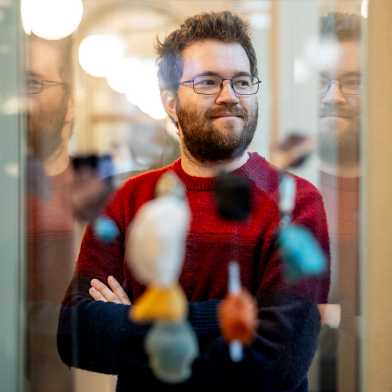
Craig Walton is the first NOMIS Fellow at the Centre for Origin and Prevalence of Life at ETH Zurich. With an unconventional idea, he wants to find out the conditions under which life originated on Earth.
What should be done with all the carbon dioxide?
Press release

Capturing carbon dioxide (CO2) from the atmosphere and storing it either in recycled concrete aggregate or in geological reservoirs in Iceland is not only technically feasible, but also has a positive carbon footprint. These are the findings of a pilot project lead by ETH Zurich and commissioned by the Swiss confederation.
Modern adventurer
- Globe magazine
- Homehero
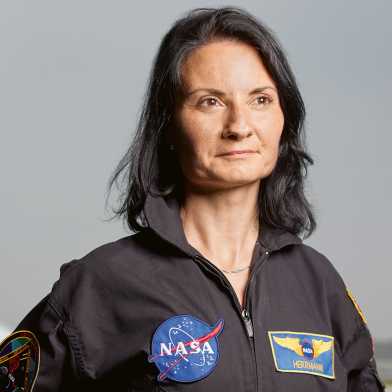
Whether on research vessels or testing her limits as an analog astronaut and pilot, alumna Sandra Herrmann has an irrepressible appetite for adventure, fuelled in part by her experiences at ETH Zurich.
Why the Swiss are shipping CO2 to Iceland
News
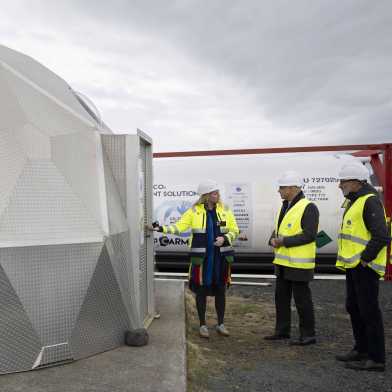
Yesterday, Swiss President Alain Berset toured the Carbfix plant in Iceland and visited the facilities where the pilot project "DemoUpCARMA" is implemented. The project aims at injecting and storing CO2 in the Icelandic underground. Marco Mazzotti, project coordinator and ETH Zurich professor, explains why Swiss CO2 is being shipped all the way to Iceland.
One more clue to the Moon’s origin
News
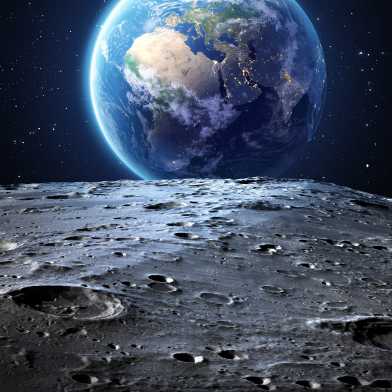
Researchers from ETH Zurich discover the first definitive proof that the Moon inherited indigenous noble gases from the Earth’s mantle. The discovery represents a significant piece of the puzzle towards understanding how the Moon and, potentially, the Earth and other celestial bodies were formed.
Traces of life in the Earth's deep mantle
News

The rapid development of fauna 540 million years ago has permanently changed the Earth - deep into its lower mantle. A team led by ETH researcher Andrea Giuliani found traces of this development in rocks from this zone.
Crushed resistance
News
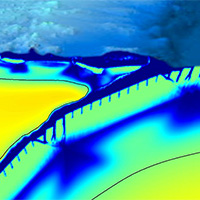
Geophysicists can use a new model to explain the behaviour of a tectonic plate sinking into a subduction zone in the Earth’s mantle: the plate becomes weak and thus more deformable when mineral grains on its underside are shrunk in size.
Tracking down track ballast
Globe magazine
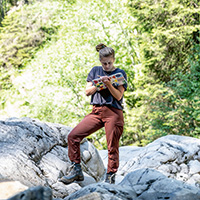
Switzerland may soon be facing a shortage of railway ballast. ETH geologists are heading into the wilds to track down new sources of crushed rocks.
Moving closer to finding a solution for deep disposal
Zukunftsblog

Where should radioactive waste be packaged before it is stored in a deep geological repository? Daniela Scherer explains how stakeholders are being brought on board to tackle this thorny question.
Changing resilience of oceans to climate change
News

Oxygen levels in the ancient oceans were surprisingly resilient to climate change, new research suggests.
Back to the future of climate
News
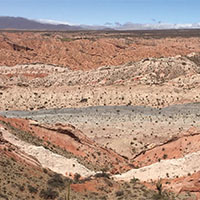
Hot and humid: Using minerals from ancient soils, ETH researchers are reconstructing the climate that prevailed on Earth some 55 million years ago. Their findings will help them to better assess how our climate might look in the future.